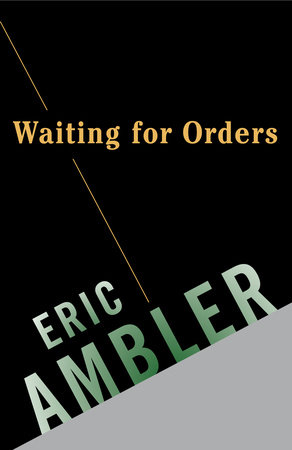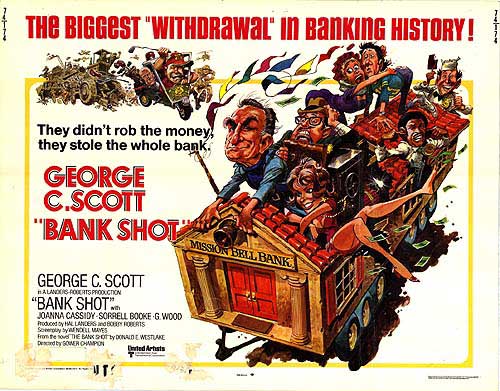"Plus ça change, plus c'est la même chose," said Tallyrand, an old pol cynical about progress and change. Still, there's more than a kernel of truth in his observation, which is maybe why at a certain stage, every society seems obsessed by fashion.
Politics and human nature may resist improvement, but fashion's mysterious currents provide novelty. William Boyd's new historical spy novel, Gabriel's Moon, got me thinking about literary fashions. However creative or imaginative we are, our work seems inescapably set in our own time and in the style of the moment.
Gabriel's Moon, literate and well done, is in a very British style. Indeed, the plot owes a lot to my own absolute favorite in the genre, Eric Ambler's Journey into Fear, which itself owes big debts to John Buchan.
Even if you have not read Journey into Fear, you will recognize the outline: an innocent civilian, in this case, a well-educated engineer, is pressed into service in a dangerous foreign country. The little job he is assigned, getting a roll of film back to the UK, does not seem too dangerous, but precautions are taken, and the would-be courier is booked onto an aging freighter with a small group of passengers.
What could possibly go wrong on this small ship, surely too obscure to have attracted malign notice? Plenty, of course, and our hero soon moves from semi-complacency to a desperate search for friends, to an awareness that he is alone and must rely on his own resources absolutely.
Such a good plot! In Boyd's variant, set not in Amblers pre WW2 but in the early 1960's, Gabriel Dax, successful travel writer, is asked to buy a drawing from a reputable if not exactly famous, Spanish artist. Dax has occasionally done such little favors for his older brother, who is something in the British foreign services. He makes the purchase without trouble and returns home, because this novel is rather more expansive than Ambler's.
The modern thriller must take time to flesh out its characters and give them back stories and complexities that earlier works indicated with a few well chosen lines. Dax has a history of childhood trauma – a doozy it must be admitted; a florid literary style, and eventually an analyst, one of the more interesting characters in the novel.
He also has a girlfriend, Loretta, who works at a Wimpy Burger and whom he sees as exotic because she's working class. Loretta, in turn, introduces him as her "posh boyfriend" which gives her a certain style and very modern, too.
There was, to my memory, only one female character in Journey. Dax has not only a girlfriend and a female analyst, but his spy control is Faith Green, a chilly woman whom he rather perversely finds seductive. Both are very much 21st century women, although in 1960-62, the attitudes of male thriller writers skewed traditional.
There are other stylistic differences, too. While Ambler's novel cut straight to the chase, Boyd's has time to consider the mystery of Dax's childhood (the novel is a spy story wrapped around a mystery); the costs of secrecy and deception; and the restraints of the class system.
He explores the psychology of double agents, a reflection of his fascination with Kim Philby, the notorious British agent, and manages to first extricate Dax and then trap him in a most satisfactory manner, eventually like Ambler's hero, on shipboard.
Boyd's well done Gabriel's Moon is interesting stylistically because it presents an era that itself provided plenty of spy thrillers. Moon reads convincingly today but the novel's attitudes, timing, and style are resolutely of our time and to our taste, as a glance at any equivalent novel from the early 1960's will show.
So was Tallyrand wrong? Not entirely. At least in the literary world, some things don't change entirely but morph one way and another in fashionable variations.
****
The Falling Men, a novel with strong mystery elements, has been issued as an ebook on Amazon Kindle. Also on kindle: The Complete Madame Selina Stories.
The Man Who Met the Elf Queen, with two other fanciful short stories and 4 illustrations, is available from Apple Books at:
https://itunes.apple.com/us/book/the-man-who-met-the-elf-queen/id1072859654?ls=1&mt=11
The Dictator's Double, 3 short mysteries and 4 illustrations is available at:
https://itunes.apple.com/us/book/the-dictators-double/id1607321864?ls=1&mt=11









